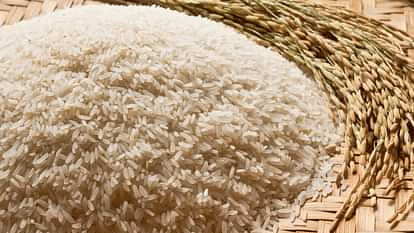How Will This Decision Impact Farmers and Global Trade?
The Indian government has lifted the ban on 100% broken rice exports, a move that could help reduce domestic stockpiles, support African food security, and aid industries reliant on broken rice. This decision comes after India’s broken rice stockpile reached nine times the government’s target in February 2025. With India being the world’s largest rice exporter, this policy shift is expected to have major implications for global rice markets.
Why India Banned Broken Rice Exports in 2022
India imposed a ban on the export of 100% broken rice in September 2022, citing concerns over domestic food security and rising prices. The restriction was aimed at ensuring sufficient rice availability for domestic consumption and ethanol production. However, the recent surge in broken rice stockpiles has led the government to reconsider its stance.
Key statistics from India’s broken rice export trends:
- In FY 2021-22, India’s broken rice exports surged 90.2%, reaching $1.1 billion.
- China was the largest importer, using broken rice primarily for animal feed and ethanol production.
- Africa also relies heavily on Indian broken rice due to its affordability and availability.
Impact on Global Markets and Farmers
The resumption of broken rice exports is expected to bring several benefits at both domestic and international levels:
1. Relief for Farmers and Millers
Broken rice is a byproduct of rice milling, and its accumulation leads to storage issues and lower market prices for farmers. The new export policy will:
- Allow rice millers to clear excess stock
- Improve profitability for rice farmers and exporters
- Stabilize domestic rice prices
2. Benefits for African Importers
Many African nations rely on Indian broken rice as an affordable staple food. The export resumption will:
- Help alleviate food insecurity
- Provide a low-cost alternative to other grains
- Strengthen India’s trade ties with African nations
3. Boost for Asian Feed and Ethanol Industries
Broken rice is widely used in animal feed and ethanol production, particularly in China and Southeast Asia. The lifting of the ban will:
- Support livestock feed industries
- Provide a cheaper alternative for biofuel production
- Enhance India’s role in agricultural exports
India’s decision to resume 100% broken rice exports is a strategic move that balances domestic agricultural stability with global trade demands. It benefits farmers, millers, and international buyers, particularly in Africa and Asia. As global rice markets respond to this shift, India is likely to maintain its leading position in rice exports, ensuring both economic and food security gains.
Error




